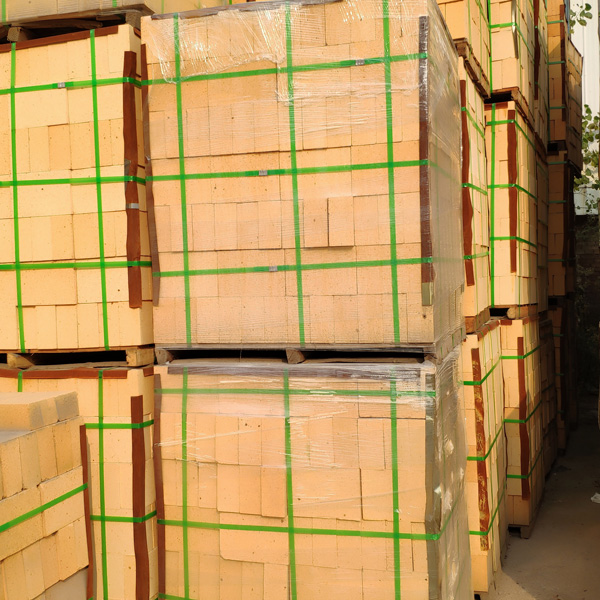
Ever wondered how industries withstand extreme heat, chemical corrosion, and mechanical stress in furnaces, kilns, or reactors? The answer lies in a material engineered to defy these challenges: refractory bricks. As global demand for high-temperature industrial processes grows, China has emerged as a pivotal hub for manufacturing these specialized materials. But what makes refractory bricks from this region so critical to global industries?
Refractory bricks are non-metallic materials designed to maintain structural integrity at temperatures exceeding 1,000°C. Their performance hinges on four core attributes:
Chinese manufacturers optimize these properties through advanced material science, using alumina, silica, magnesia, or zirconia-based compositions tailored to specific applications.
The versatility of refractory bricks is evident in their widespread adoption. Below is a breakdown of primary sectors and their usage patterns:
| Industry | Application | Temperature Range |
|---|---|---|
| Steel Production | Blast furnace linings, ladles | 1,500–1,800°C |
| Glass Manufacturing | Melting tanks, annealing zones | 1,200–1,600°C |
| Cement Plants | Rotary kiln coatings, preheaters | 900–1,400°C |
| Chemical Processing | Reactor chambers, incinerators | 800–1,200°C |
In each case, refractory bricks from China are selected for their ability to reduce downtime, lower maintenance costs, and enhance operational safety.
Superior refractory bricks rely on precision engineering at every production stage:
This meticulous process eliminates internal stresses and enhances thermal performance, making Chinese-produced bricks competitive in global markets.
To meet evolving industrial demands, manufacturers in China are pioneering breakthroughs such as:
These advancements position refractory bricks as enablers of sustainable, efficient industrial growth worldwide.
Selecting a refractory bricks manufacturer in China requires scrutiny of these operational benchmarks:
Proactive partners often provide lifecycle cost analysis, demonstrating how brick specifications impact long-term operational economics.
As industries push temperature limits and adopt cleaner energy sources, refractory materials must adapt. For instance, hydrogen-based steelmaking requires bricks resistant to both extreme heat and hydrogen embrittlement. Chinese innovators are responding with chromium-free alternatives and self-healing matrix designs that seal microcracks autonomously. Such developments ensure refractory bricks remain indispensable in shaping industrial progress.
While technical specifications are paramount, successful implementations also depend on:

By addressing these factors holistically, industries maximize the value of refractory bricks from china – materials that quietly empower humanity’s most ambitious engineering feats.

 IPv6 شبكة مدعومة
IPv6 شبكة مدعومة
